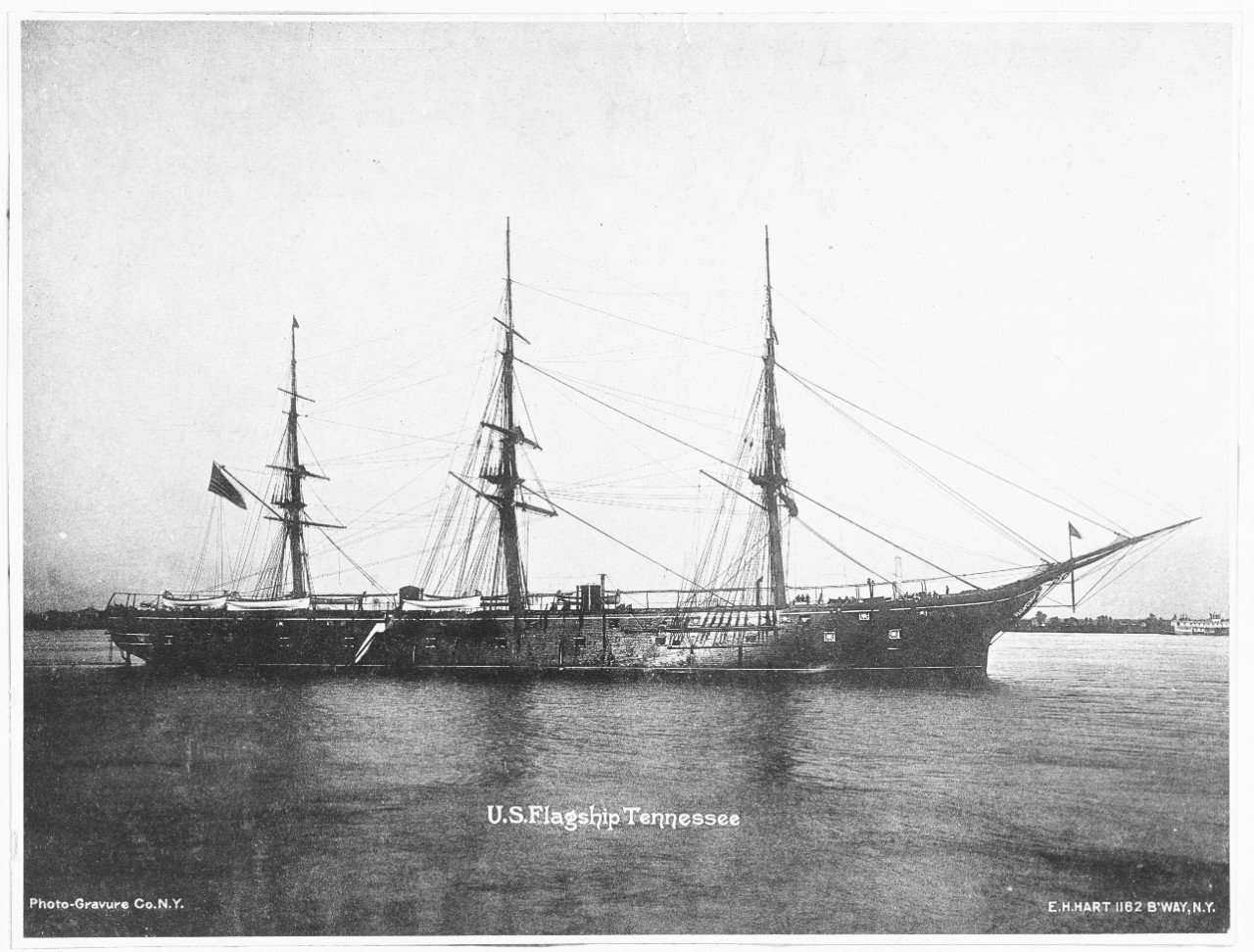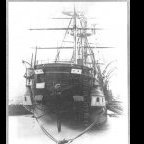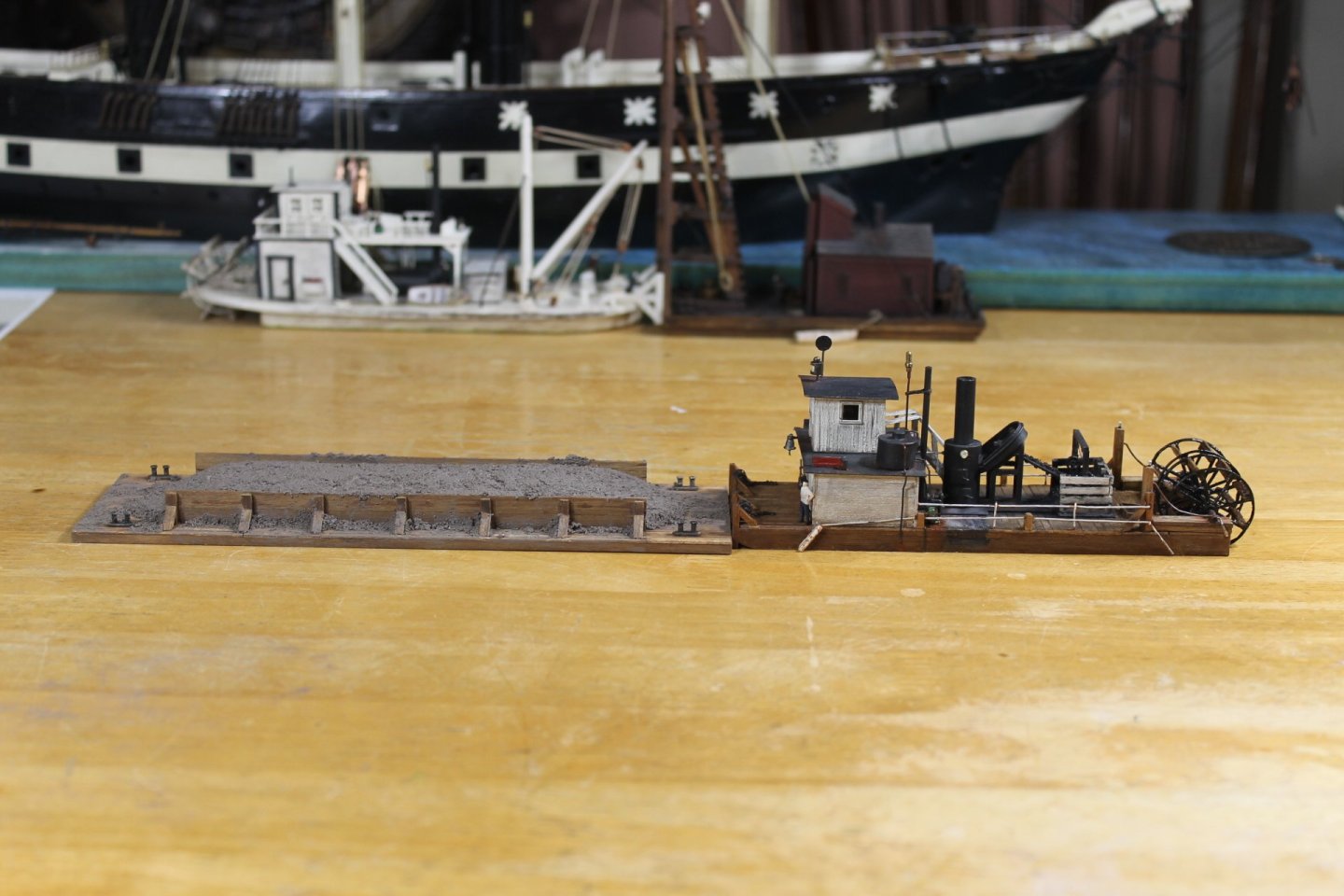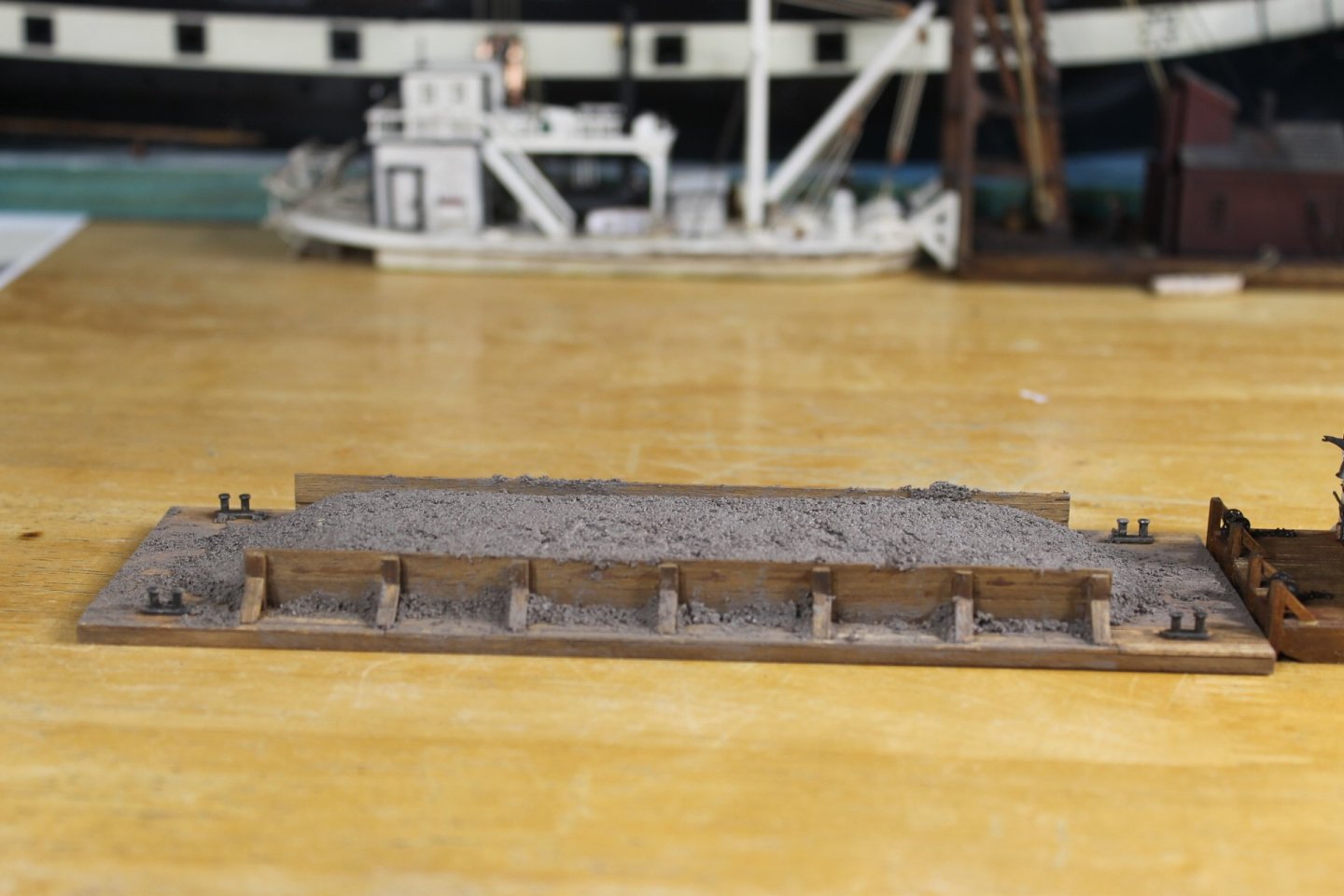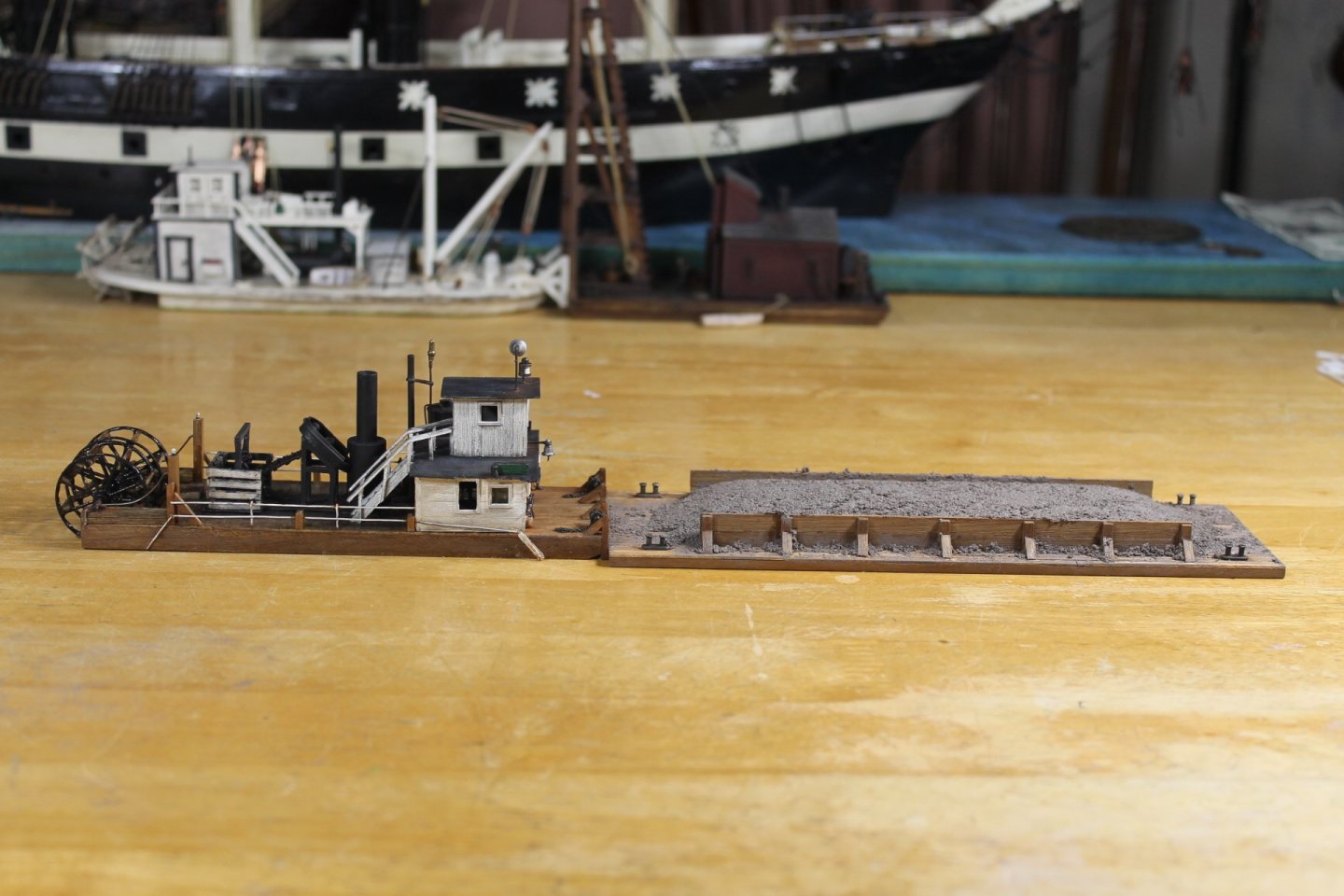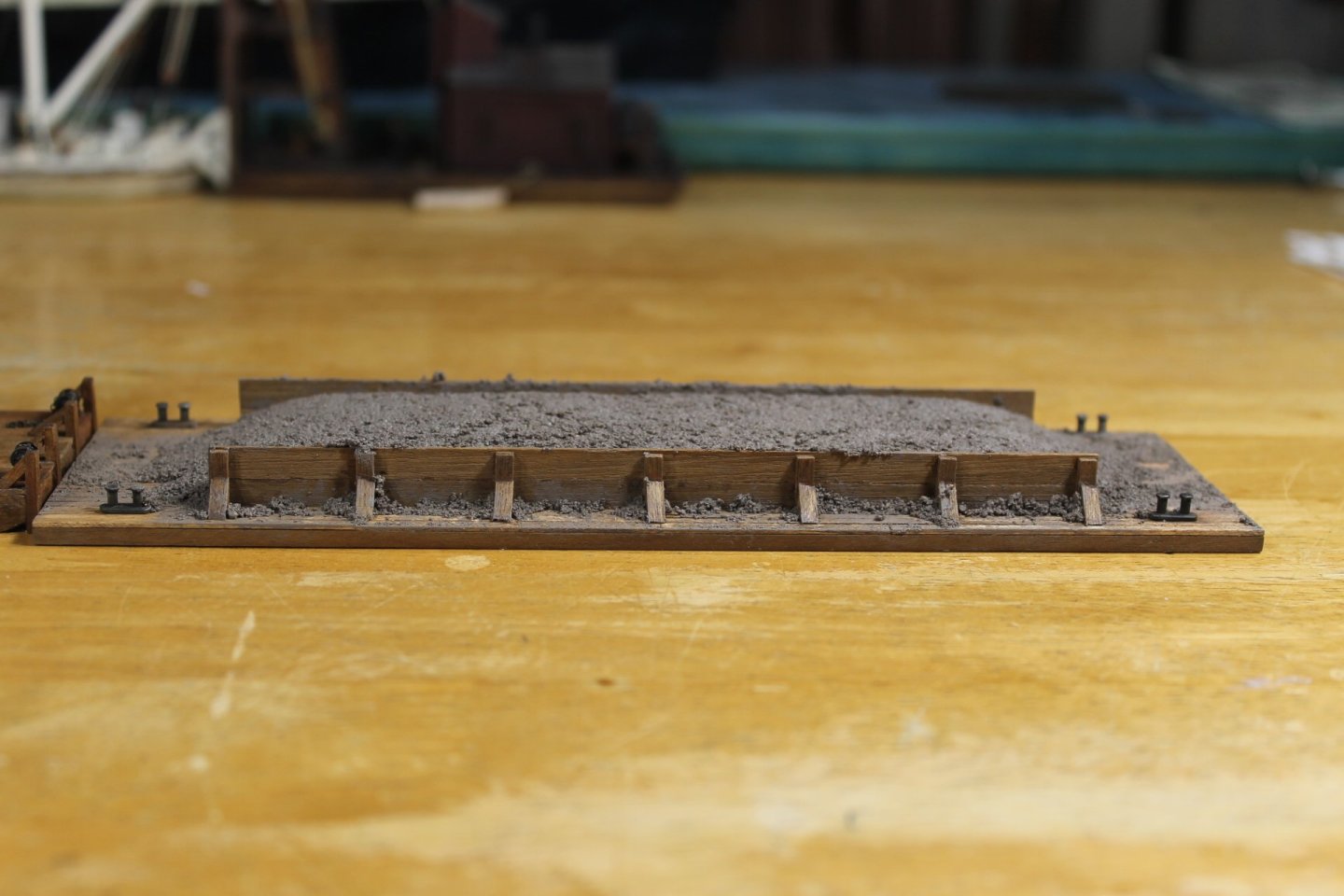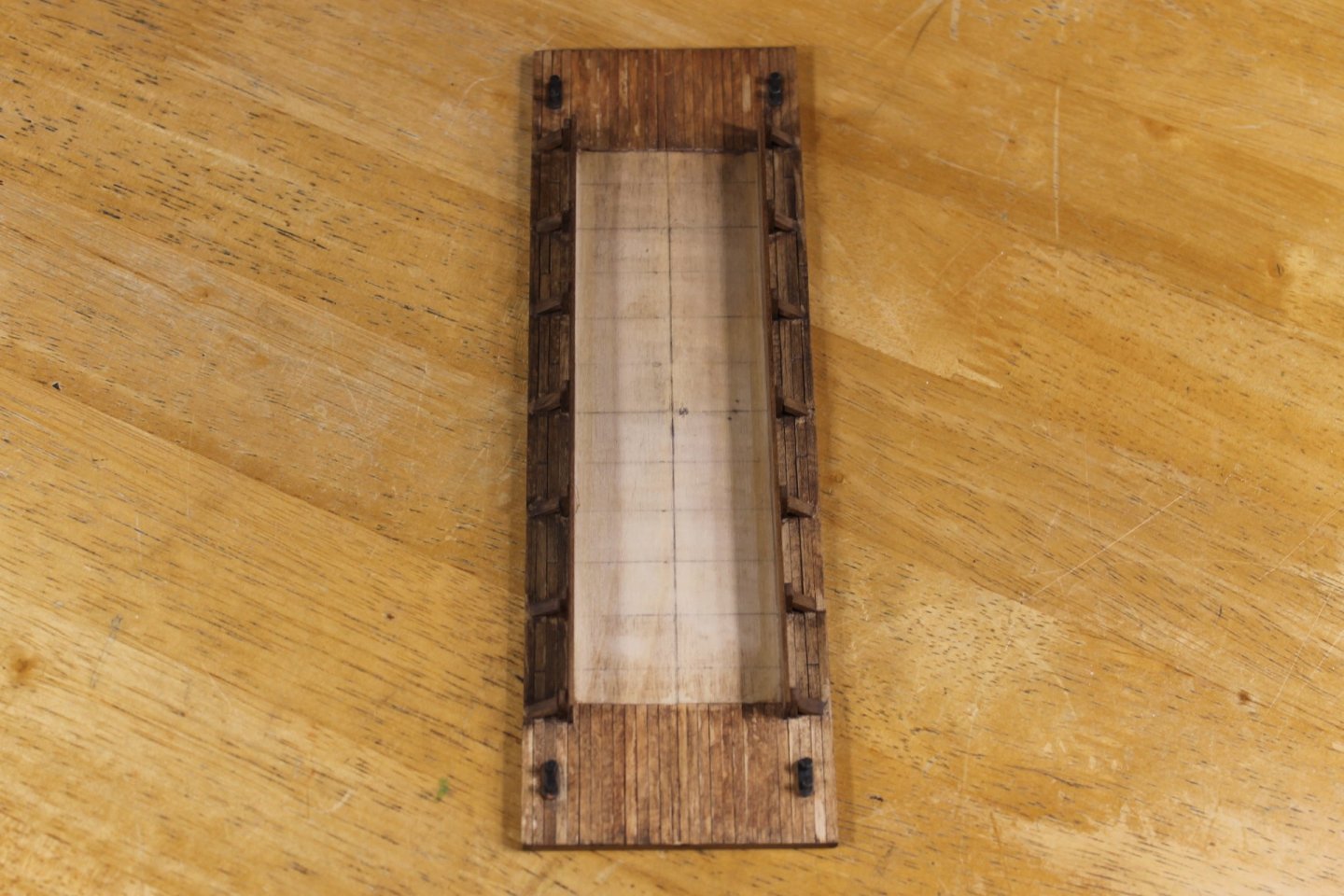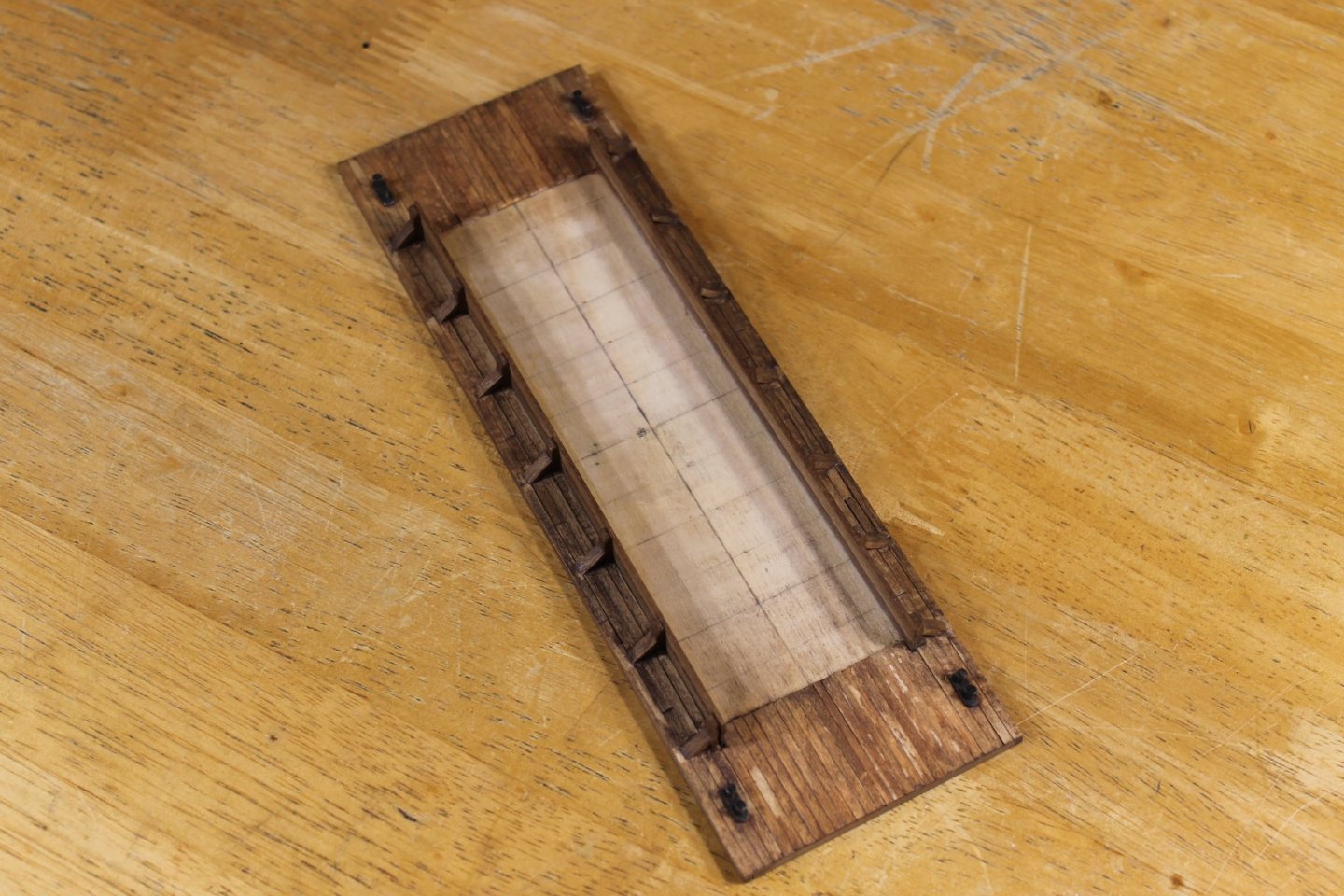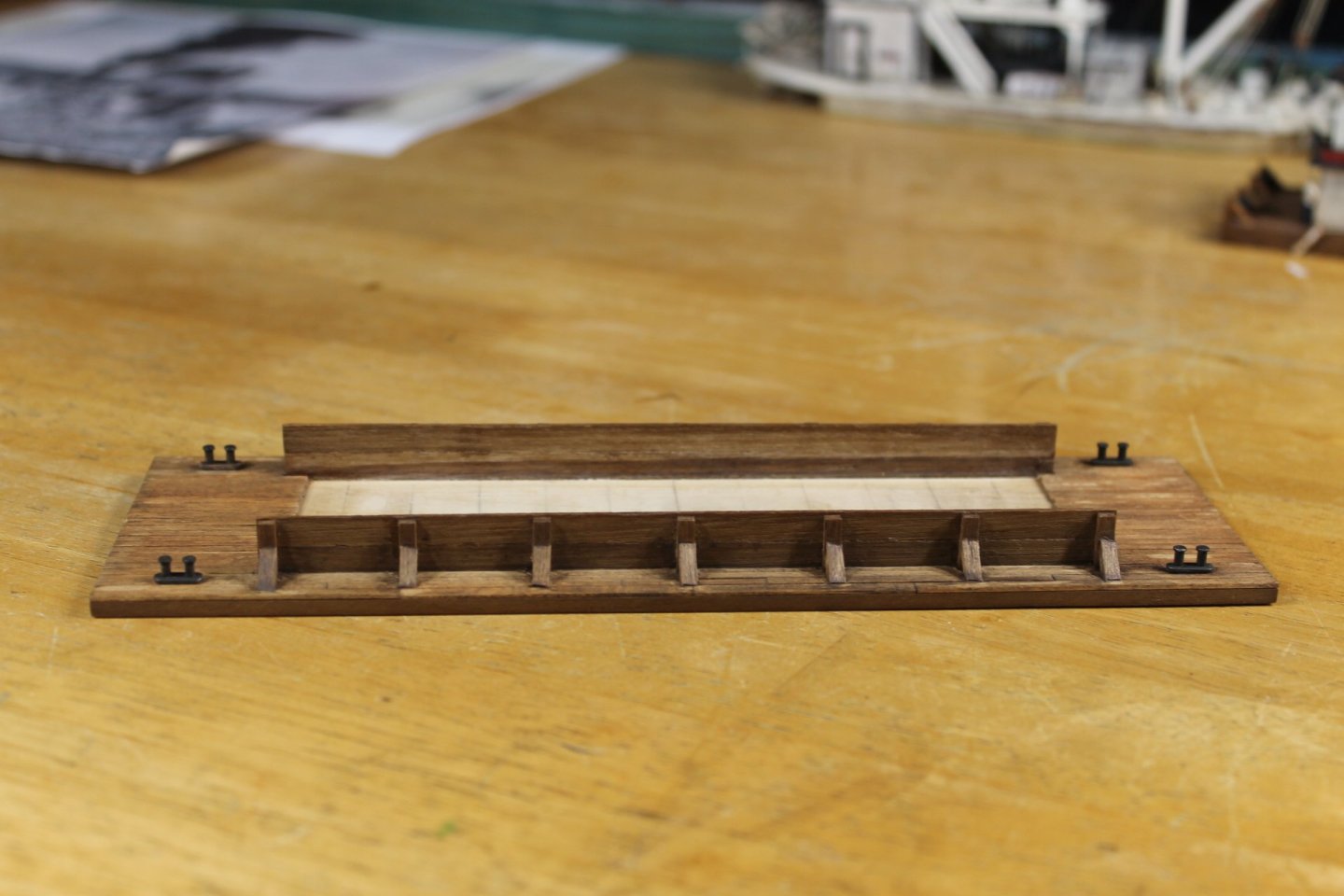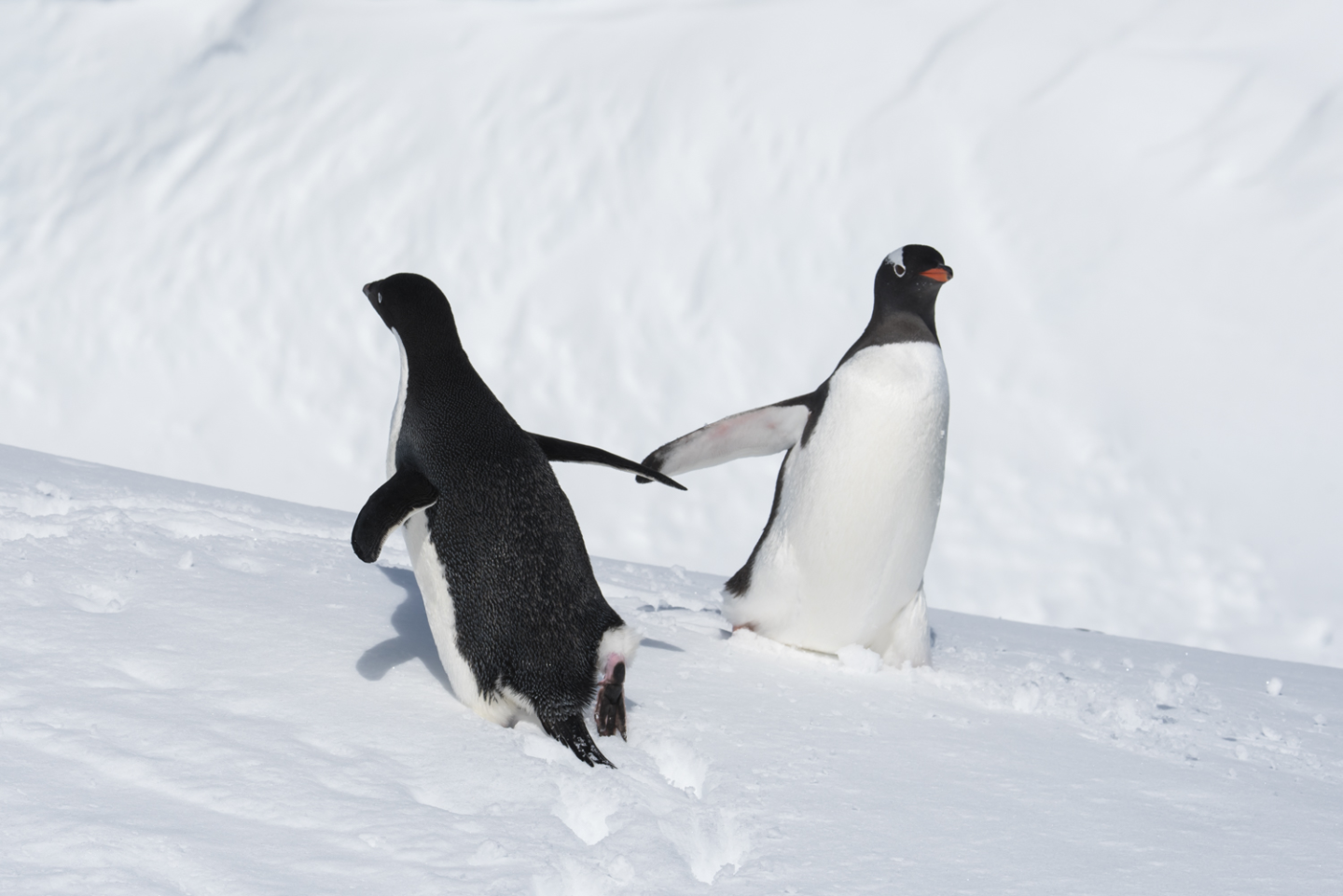-
Posts
6,569 -
Joined
-
Last visited
Content Type
Profiles
Forums
Gallery
Events
Everything posted by Keith Black
-
Thank you very much, Glen. After loading the barge it took me a couple of hours getting the level to what looked like the right height and sculpted to the correct shape and then getting the correct amount of spillage on the outside edges. if I had it to do over I don't know if there's anything I could have done differently? Being the first time it was trial and error, hopefully I was able to minimized the error part.
- 457 replies
-
- sternwheeler
- Hard Coal Navy
-
(and 1 more)
Tagged with:
-
Mondo, welcome to MSW. Glad to have you aboard.
-
Thank you everyone for the support with your comments and likes. "Doesn't look grotty enough yet" I think I moved the needle on the grotty meter, John. The barge load of material weighs approximately 300 tons. The material is still curing/drying out. I tried adding acrylic craft paint to tint the material's color, I didn't quite get there, it's kinda ugly. I'll have to add color once everything has dried. I'll also poly coat everything that needs to look wet. The deckhand used the steam gun to clean around the bollards before tying up. Thanks guys and gals for following along. keith
- 457 replies
-
- sternwheeler
- Hard Coal Navy
-
(and 1 more)
Tagged with:
-
Thank you for your input, Roel. Regarding the cord containment at either end. having had some experience with this sort of thing, even though loose once those boards are in place they either never come back out or never go back in after the first load due to material getting between the boards and the vertical slides.
- 457 replies
-
- sternwheeler
- Hard Coal Navy
-
(and 1 more)
Tagged with:
-
No it doesn't, John. But hopefully It'll get a lot more grotty in the next couple of days.
- 457 replies
-
- sternwheeler
- Hard Coal Navy
-
(and 1 more)
Tagged with:
-
Thank you very much for the suggestion, Pat. It's as good (if not better) an idea of what it is in comparison to the line I was thinking. In fact, it's such a great idea that I'm going to run with it being a cold box unless someone comes forward with a definitive answer. Please don't worry about trying to find your source, we're set. Thank you again.
-
Thank you to all for the kind comments and likes. My camera didn't wanna take good pictures tonight for whatever reason, stupid camera. But that's okay because it's just photos of the barge with it's first layer of pastels. I don't want to add aymore color till the barge is filled. Hopefully tomorrow I can do material testing. Thank you for your support and for following along. Keith
- 457 replies
-
- sternwheeler
- Hard Coal Navy
-
(and 1 more)
Tagged with:
-
This is a cruel tale to tell but.........Seagulls are indeed rats with wings. If you throw food scraps in the air they will normally catch it on the way up, if not their buddies will get it on the way down. In Alaska we'd take our unwanted leftovers out on the dock and throw the scraps out for the gulls. Every now and then one of the meaner lads would throw an Alka-Seltzer tablet into the air and of course it would get caught and promptly swallowed. A couple of minutes later and poof, lots of feathers and a dead seagull. It was a horrible thing for someone to do but during the seemingly endless days of the salmon season, for some, life could get too boring. Julie, regarding your post..........'they paved paradise and put up a parking lot' Greed never changes its stripes. Unfortunately it's a part of our flawed human nature. Much akin to throwing Alka-Seltzer to seagulls.
-
Great seeing a post from you, Bob. Thankful to hear you're feeling a tad better, praying for your full recovery.
- 254 replies
-
- Victory Models
- Pegasus
-
(and 3 more)
Tagged with:
-
Because of the below I would feel comfortable moving the mystery sternwheeler's location from Puget Sound to Lake Washington. https://mynorthwest.com/history/solving-the-1870s-photo-mystery-of-lake-washington-coal-shipping/3901509 From the above. "It was back in the 1870s when coal was being mined in what’s now the Eastside suburbs east of Lake Washington near what’s now Newport and Newcastle. Many of the mines were located in what’s now King County’s Cougar Mountain Regional Wildland Park near Newcastle. Extracting coal was one of the first large-scale industrial undertakings in this area, ahead of even large-scale timber extraction in many ways. The outfit doing the work was called the Seattle Coal and Transportation Company. The coal they were extracting from Newcastle was being sold as far away as San Francisco – but it took a complex system just to get the coal to the waterfront to be loaded on ships in Elliott Bay at the foot of Pike Street. In those long-ago days before the Montlake Cut, the transportation effort required barges on Lake Washington; a short “portage railroad” from Union Bay on Lake Washington to Portage Bay on Lake Union; barges on Lake Union from Portage Bay to roughly where MOHAI now stands; and then the city’s first railroad along what’s now Westlake Avenue."
-
I highly recommend any off model mast work. Bruce. The more one can do off model the better.
About us
Modelshipworld - Advancing Ship Modeling through Research
SSL Secured
Your security is important for us so this Website is SSL-Secured
NRG Mailing Address
Nautical Research Guild
237 South Lincoln Street
Westmont IL, 60559-1917
Model Ship World ® and the MSW logo are Registered Trademarks, and belong to the Nautical Research Guild (United States Patent and Trademark Office: No. 6,929,264 & No. 6,929,274, registered Dec. 20, 2022)
Helpful Links
About the NRG
If you enjoy building ship models that are historically accurate as well as beautiful, then The Nautical Research Guild (NRG) is just right for you.
The Guild is a non-profit educational organization whose mission is to “Advance Ship Modeling Through Research”. We provide support to our members in their efforts to raise the quality of their model ships.
The Nautical Research Guild has published our world-renowned quarterly magazine, The Nautical Research Journal, since 1955. The pages of the Journal are full of articles by accomplished ship modelers who show you how they create those exquisite details on their models, and by maritime historians who show you the correct details to build. The Journal is available in both print and digital editions. Go to the NRG web site (www.thenrg.org) to download a complimentary digital copy of the Journal. The NRG also publishes plan sets, books and compilations of back issues of the Journal and the former Ships in Scale and Model Ship Builder magazines.

